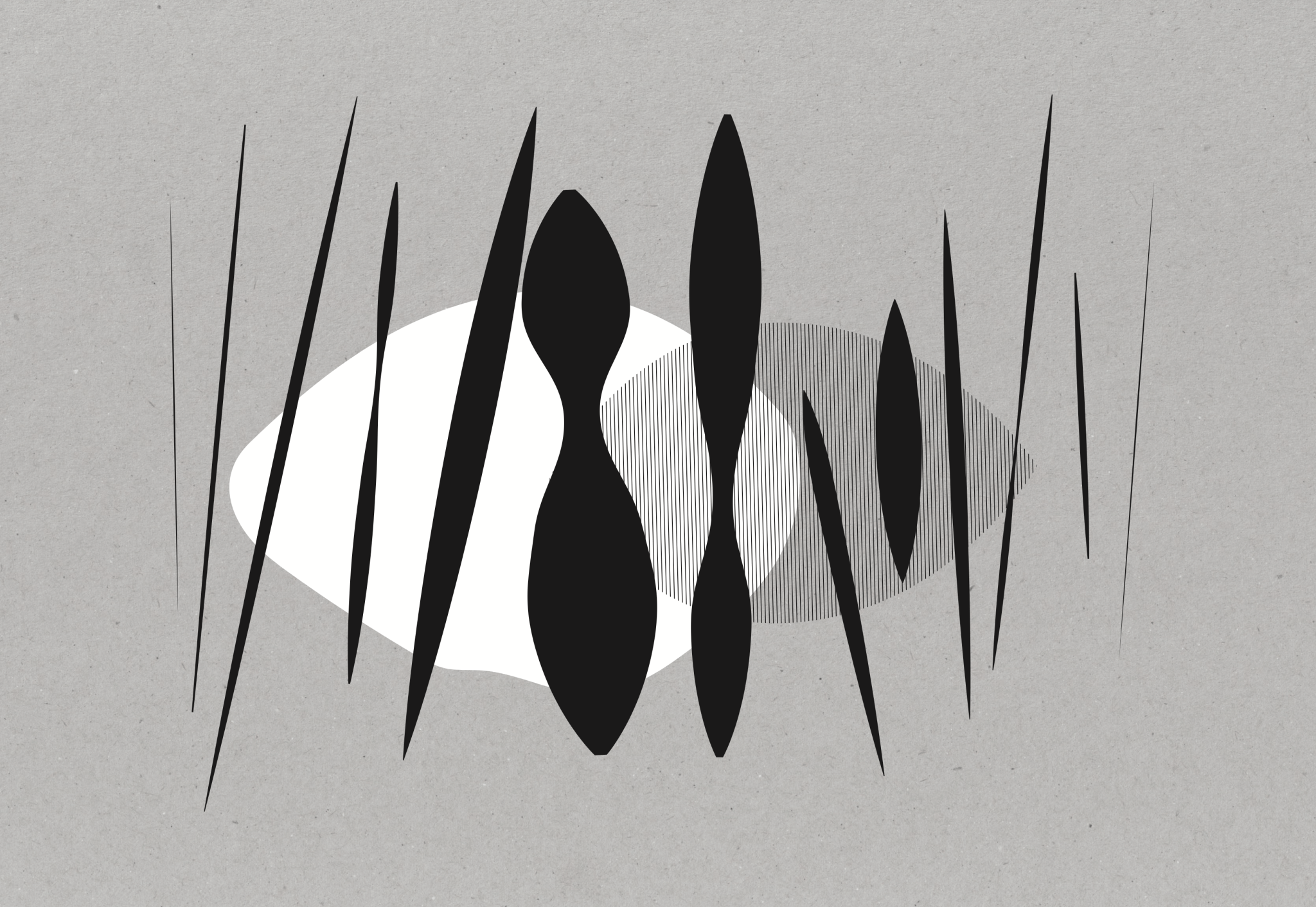RESONANCE
P E N S É E S
“All of humanity’s problems stem from man’s inability to sit quietly in a room alone,” French writer Blaise Pascal wrote a long time ago. Being alone in a room, on one’s own and without any external stimuli and influences, is a frightening idea. But not always. Many people today long for this opting-out, for silence, for deceleration. Retreats and sabbaticals are more popular than ever, as reflected in the words of Austrian poet Ernst Ferstl: “Time that we take is time that gives us something.” Is deceleration the answer to the speeding and the velocity of life? Should we spend more time in rooms alone? Or is this hiatus just another event in our jam-packed schedule of life?
Instead of leisurely strolling around, one rushes from one event to another, from one information to another, from one image to another.
BYUNG-CHUL HANSociologist Hartmut Rosa believes that deceleration is not the solution because, in his opinion, hardly anyone approves of being slow as an end in itself. According to Rosa, slowness is only the other side of the coin whose front side is acceleration. But what is the solution then? A different relationship to the world, Rosa concludes, which he calls resonance. Resonance is what happens when we are moved and touched by something. When another person, a work of art, a tune or nature strikes a chord and resonates within us, thereby changing us. Resonance is a successful encounter, the opposite of a relationship to the world that is characterized by alienation. In order to feel resonance, we must engage with the person or thing that has the potential to create resonance – and quit the rushing and hurrying, because under stress, nothing resonates.
With his concept of the “new vagabond”, philosopher Byung-Chul Han suggests a similar path: “Instead of leisurely strolling around, one rushes from one event to another, from one information to another, from one image to another. [...] But today’s society not only lacks the leisureliness of the flâneur, it also lacks the hovering lightness of the vagabond.” He praises the emptiness between events, which he calls “an empty interval in which nothing happens, in which no sensation takes place” – a productive or “active, inventive” (François Jullien) in-between, where something new can be born – a time of lingering, of drifting, of simply sitting around. Much like in German humorist Loriot’s sketch “Feierabend” (“home time”), in which a man’s wife repeatedly asks him what he wants to do and the man, comfortably sitting in his armchair, keeps replying: “I just want to sit here.” In the words of novelist Sten Nadolny: “I am now ready to let time pass and wait for a miracle. When you do this, you behave in a peaceful way and still remain sufficiently alert in order not to miss anything.”
Recommended reading:
- Hartmut Rosa – Resonance
- Francois Jullien – From Being to Living
- Byung-Chul Han - The Scent of Time: A Philosophical Essay on the Art of Lingering
ARTICLES FROM OUR MAGAZIN

PENSÉES: THE RITUAL
“We run as fast as we can in order to stay in the same place,” cultural historian Peter Conrad said more than 20 years ago. “Everything that requires duration takes too long, and everything that takes time takes too much time,” philosopher Günther Anders observed in the 1950s. Did we always have the feeling that we had too little time and too much to do?

PENSÉES: THE MASK
A mask attracts all the attention when it is worn by one single person, but it disappears in the crowd when everyone is wearing it. In this article we think about visible and invisible masks, masks in art and culture and masks as a double disguise.

DIE KRISE, DAS ABSURDE UND DIE DEMOKRATIE
"Eine Krise besteht darin, dass das Alte stirbt und das Neue nicht geboren werden kann“, schrieb der Schriftsteller Antonio Gramsci. Ein Essay über Kreativität in der aktuellen Situation, Sisyphos als glücklicher Mensch und Schopenhauer als Glücksphilosoph, die Akzeptanz der Absurdität, die Freiheit in ihrer Abwesenheit und die Gefahr für die Demokratie.

